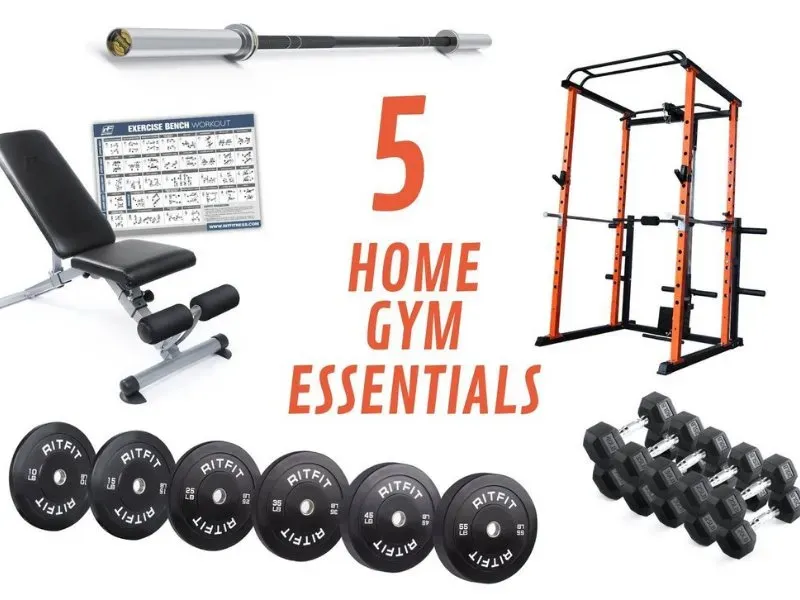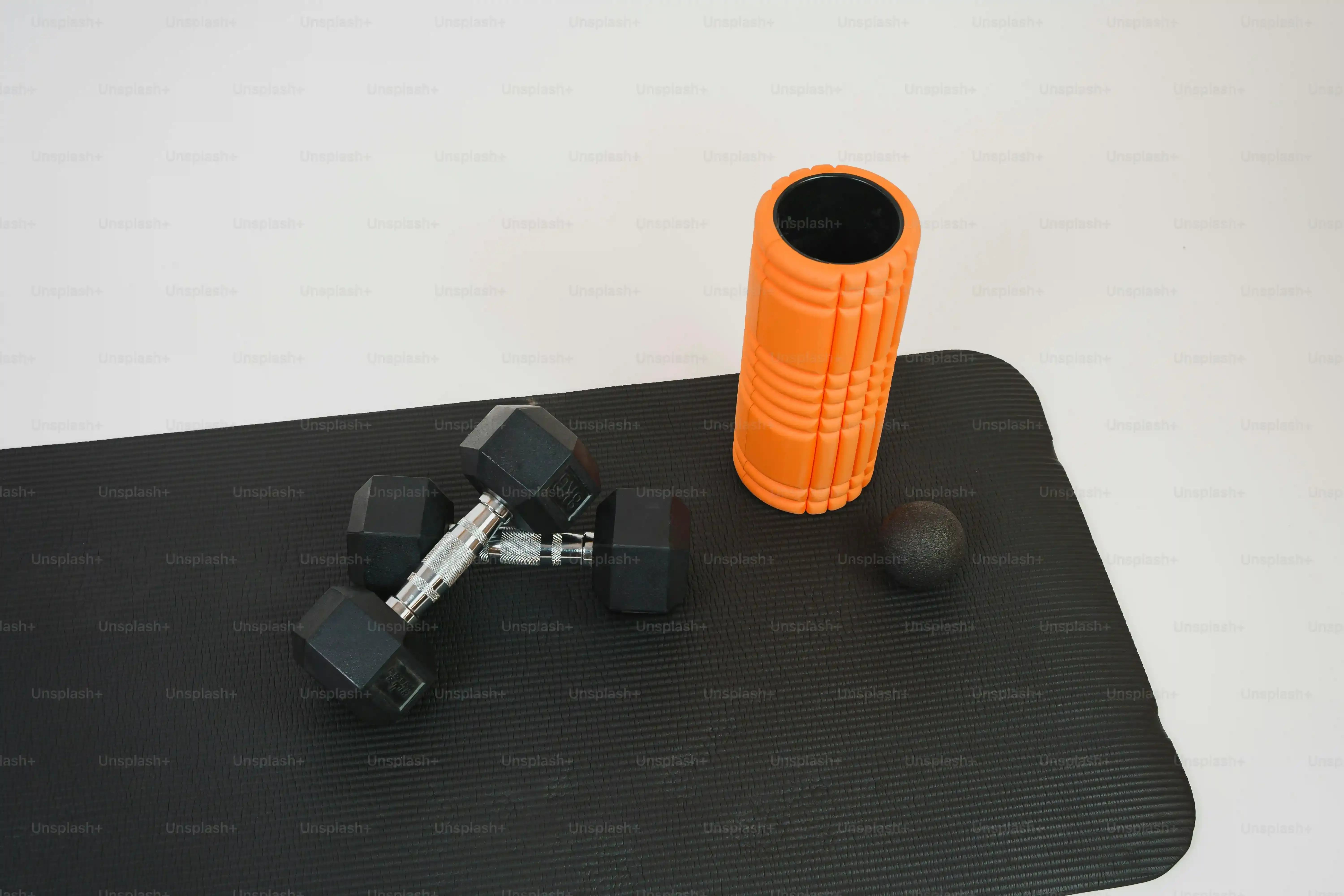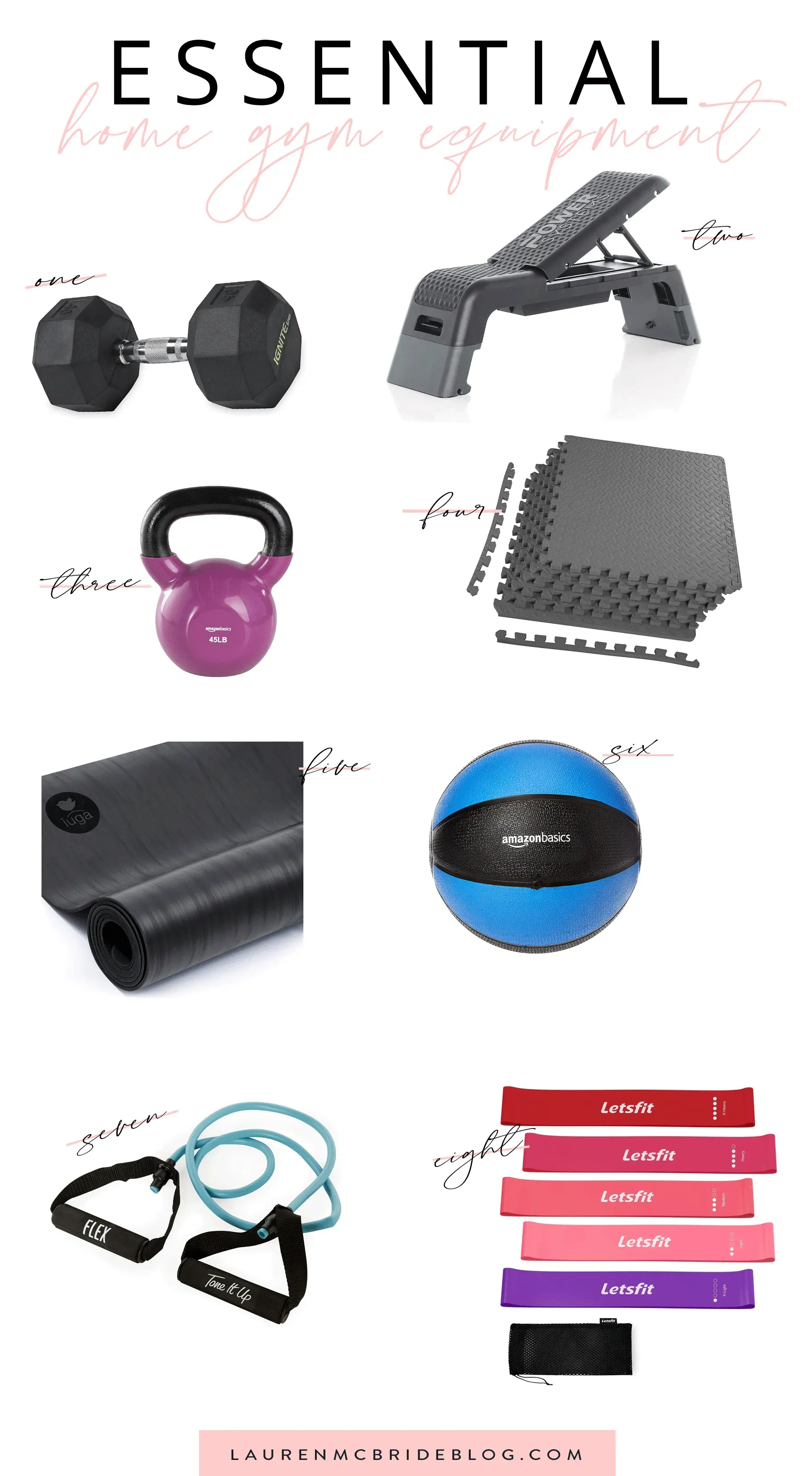Table of Contents
Scrolling through Instagram, it's easy to feel like you need a dedicated wing of your house filled with chrome-plated machines and enough weight plates to sink a small boat just to get a decent workout at home. The sheer volume of fitness gadgets, gizmos, and "must-haves" can make starting a home gym feel like trying to navigate a minefield blindfolded. So, let's cut through the marketing hype and figure out exactly what you *actually* need. Forget the fancy cable crossovers and the vibrating platforms (unless that's truly your jam, no judgment... maybe a little). The real question most people face when staring at an empty corner of their garage or spare room is: what are the basic equipment for home gym that will deliver results without requiring a second mortgage or a degree in exercise science to use? This article lays out the foundational pieces, the stuff that forms the backbone of effective home training. We'll cover the non-negotiables, the smart additions, and even touch on how to make it all fit your space and budget. Because let's be honest, the best home gym equipment is the stuff you'll actually use, consistently. Ready to build something solid?
What are the Basic Equipment for Home Gym: The Absolute Essentials
What are the Basic Equipment for Home Gym: The Absolute Essentials
Alright, let's talk brass tacks. When you're asking yourself what are the basic equipment for home gym, you're probably not picturing a room full of machines that look like they belong in a sci-fi movie. You're thinking about the core pieces, the stuff that gives you the biggest bang for your buck and lets you hit the major movement patterns. For most people serious about building strength and muscle at home, this boils down to a few key items that offer incredible versatility. Forget the isolation machines for a minute; we're talking about the tools that let you push, pull, squat, and hinge heavy things safely and effectively. Think foundational strength, the kind that translates to real-world capability, not just gym aesthetics.
Building Your Foundation: More Basic Home Gym Equipment
Building Your Foundation: More Basic Home Gym Equipment
so you've got the big stuff sorted – maybe a solid rack, a barbell, and some plates. That's fantastic; you're well on your way. But what about rounding things out? What else falls into the category of building your foundation with more basic home gym equipment? This is where you start adding pieces that provide more exercise variations and target different muscle groups or movement patterns that might be harder to hit effectively with just the barbell setup. Think about things like pushing horizontally, pulling vertically or horizontally without a dedicated machine, or adding unilateral (single-limb) work. These aren't necessarily "essential" to start, but they definitely level up your training possibilities significantly.
Making it Work: Space, Budget, and Your Basic Equipment for Home Gym
Making it Work: Space, Budget, and Your Basic Equipment for Home Gym
Finding Room for the Essentials
so you know *what* the basic equipment for home gym should be, at least the core stuff. Now comes the reality check: space. Not everyone has a three-car garage just waiting to become a temple of gains. Most of us are squeezing this stuff into a corner of the living room, a spare bedroom, or maybe a slightly damp basement. The key here is being realistic about your footprint. A full squat rack needs vertical clearance and floor space, obviously. But even something like a barbell and plates requires somewhere to live when you're not using it. Adjustable dumbbells or resistance bands take up way less room than a full rack of fixed weights. Think vertically if possible – wall-mounted options for plates, bars, or even folding racks can be lifesavers in tight spots. Measure twice, buy once, and be honest about how much space you can truly dedicate without tripping over a kettlebell every time you walk to the fridge.
Budgeting for Durability, Not Just Deals
Let's talk money. Setting up your basic equipment for home gym isn't always cheap upfront, but compare it to years of gym memberships and it starts looking pretty good. The temptation is real to go for the absolute cheapest gear you can find online. Sometimes that works out fine. Other times, you end up with wobbly racks, plates that aren't the weight they claim, or barbells that bend under moderate load. You don't need the top-of-the-line, powerlifting-spec gear starting out, but buying equipment that feels solid and safe is worth a few extra bucks. Look at reviews, check return policies, and maybe even look for quality used equipment. A good barbell and reliable plates will last you decades if you treat them right. That flimsy bench might not survive a year.
What's often overlooked when budgeting? Flooring. Dropping weights, even accidentally, can mess up concrete, tile, or wood floors. Rubber mats are a smart, relatively inexpensive investment to protect your home and your equipment. Don't skip this part.
Space Saver | Budget Tip | Equipment Example |
|---|---|---|
Wall-mounted rack | Buy used from a reputable source | Adjustable dumbbells |
Folding bench | Wait for sales or holiday deals | Resistance bands |
Vertical plate storage | Prioritize quality on key items (barbell, rack) | Kettlebell |
Prioritizing Your Purchases
Given limited space and budget, you have to prioritize when deciding what are the basic equipment for home gym you'll acquire first. Start with the absolute non-negotiables for your primary goals. If strength is the main focus, a barbell, some plates, and something to squat/press from (even sturdy saw horses and safety straps as a temporary measure, though a rack is far better) come before anything else. If you're into bodyweight training, a pull-up bar and rings might be top of the list. You don't need to buy everything at once. Build your setup piece by piece as your needs evolve and your budget allows. Think of it as an ongoing project, not a one-time shopping spree. What exercise gives you the most benefit for your goals? Start with the equipment that enables that movement safely and effectively.
Beyond the Gear: Consistency with Your Basic Home Gym Setup
Beyond the Gear: Consistency with Your Basic Home Gym Setup
Showing Up is Half the Battle
Look, you can have the fanciest squat rack, the most perfectly knurled barbell, and enough bumper plates to build a small fort, but if they're just collecting dust, you've got an expensive storage unit, not a home gym. The most critical component of any training setup, especially when you're figuring out what are the basic equipment for home gym, isn't made of steel or rubber. It's your willingness to show up, consistently. Having the gear right there in your house removes a ton of excuses: no commute, no waiting for equipment, no judging eyes (unless your cat is particularly critical). But it also introduces new ones: the couch is *right there*, laundry needs doing, that show isn't going to binge itself. Making progress isn't about heroic, all-day sessions; it's about showing up, even on days you don't feel like it, and doing the work.
Scheduling Your Sweat Sessions
So how do you actually *do* that? Treat your home workouts like any other important appointment. Put it on your calendar. Block out the time. Tell someone you're doing it for a bit of accountability. Maybe you're a morning person and hit it before anyone else is awake. Perhaps the lunch hour works best, or right after work to decompress. Experiment and find a slot that you can realistically stick to most days. Don't overcommit initially; starting with three solid sessions a week is far better than planning five and only managing one. The goal is to build a habit, and habits are built through repetition, not perfection. Your basic equipment for home gym is ready when you are; the only variable is you opening the door (or walking down the hall) and getting started.
What derails home gym consistency most often?
- Lack of a set schedule
- Distractions (phone, TV, family)
- Not having a clear plan for the workout
- Equipment being inaccessible or messy
- Low motivation on certain days
Your Home Gym: More Than Just the Gear
So, we've covered the iron, the benches, and the bits and bobs that form the backbone of a functional home gym. You've got a clearer picture of what are the basic equipment for home gym that can actually get the job done without turning your space into a commercial fitness center replica. But here's the punchline: the most expensive, shiny piece of equipment is just expensive and shiny if it collects dust in the corner. The real magic happens when you actually use it. Consistency trumps complexity any day. Start with the basics, figure out what works for you, and then maybe, just maybe, consider that vibrating platform. Or maybe not. Just train.